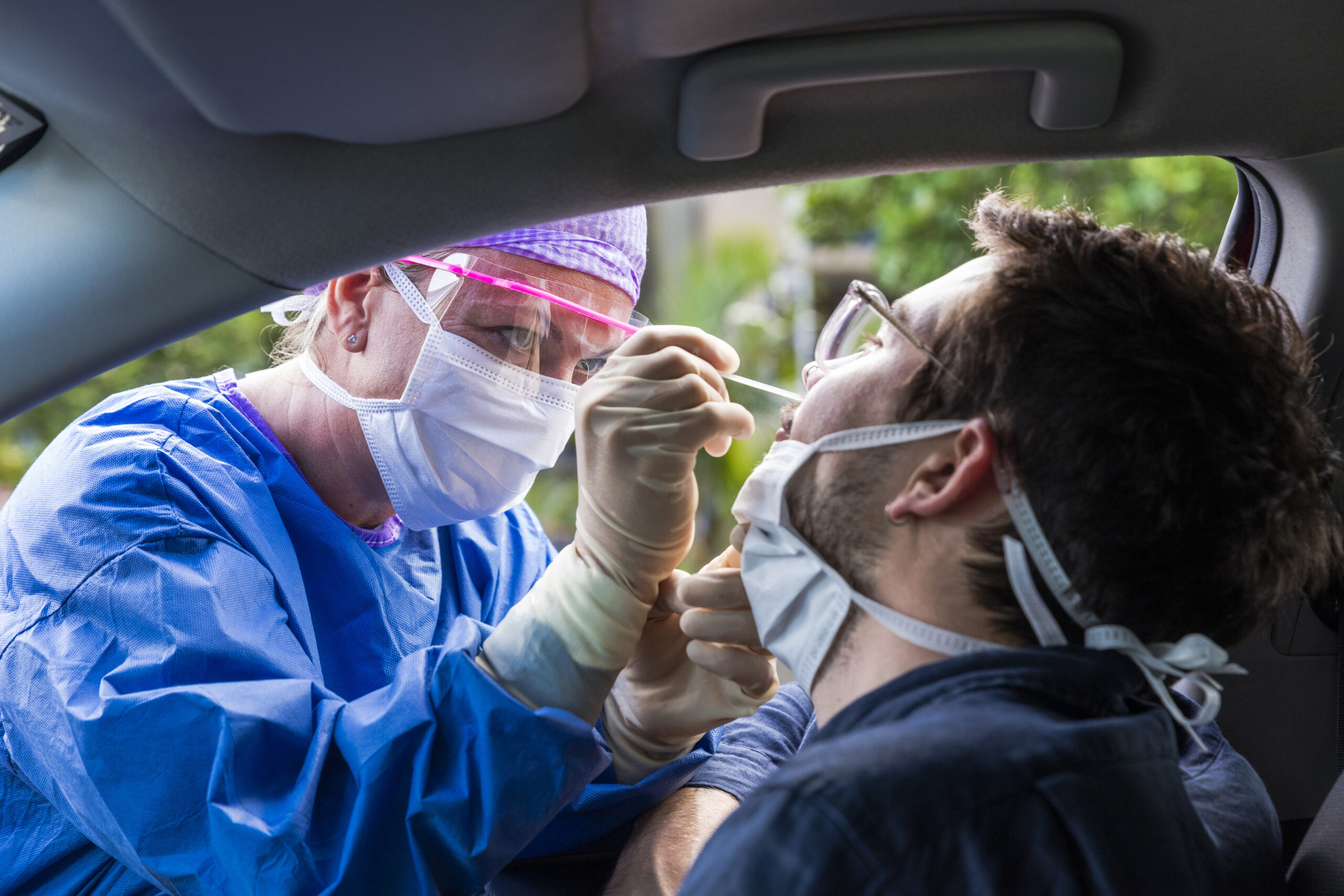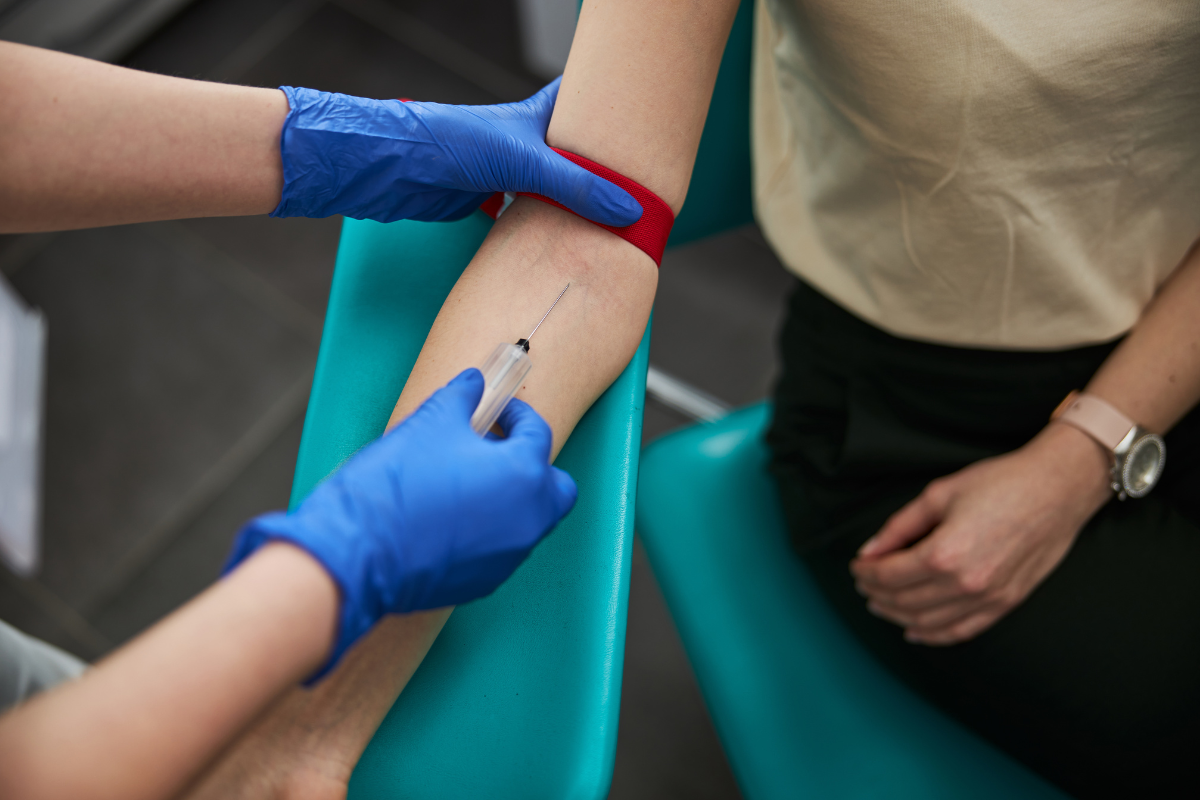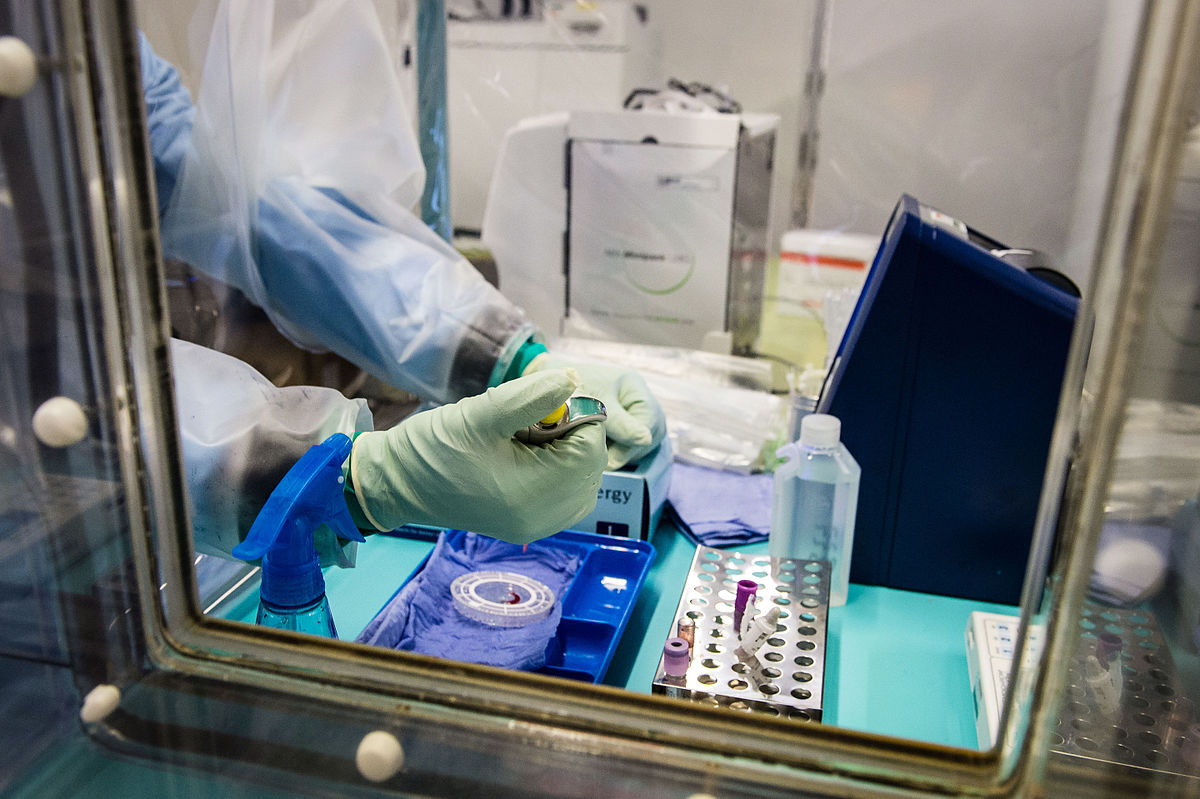The Patient-focused ‘Paradigm Shift’ That Could ‘Revolutionise’ Clinical Trials

The pandemic has forced those in pharmaceuticals into numerous new approaches and avenues. Scientists and clinicians have been tasked with adapting to complex and unforeseen challenges. Also, it has accelerated how old problems are solved, problems that may have been pushed to the side in the pre-pandemic complacency.
Melanie Anderson, a Principal Scientist at MSD, sees how clinical trials are traditionally conducted as one of these problems. Anderson emphasises that developments in digital health technology could unlock the potential to revolutionise clinical trials by making them more patient-centric.
The value of this “paradigm shift”, explains Anderson, would be that it sees an increase in the access and enrolment of clinical trials, as well as a reduction of patient burden. Patient inconvenience and discomfort, a predominant issue with many clinical trials, is a well-known enrolment barrier. So, clinicians can produce a win-win for both patient and scientist by designing the trial around the patient.
“Clinical Trials Need a Paradigm Shift.”
Anderson noted that “clinical research came to a grinding halt” during the pandemic, as globally, more than 2000 clinical trials were forced to end unexpectedly. As clinics closed their doors, it was no longer viable for patients to meet with clinicians for safety monitoring and sample collection. This exposed an all too often flaw in the traditional clinical trial model, and it meant many sponsors pivoting to decentralised approaches. This indeed comes with many questions, “How can we use technology to make our trials more robust and continue operating regardless of global circumstances?”.
Revisions in how clinical trials are run will make them more resilient to natural disasters such as the pandemic. Additionally, there are long-standing limitations that a patient focused approach can fix. Participants in trials have been traditionally limited to those that live near a clinical site, “this hurts equity, especially in developing countries”, says Anderson. It means that scientists only get "static snapshots" of data. “We don't understand what goes on outside the clinical trial bubble”.
Furthermore, it creates a less desirable situation for the patient. The burden of travelling to the clinic for each sample or test means fuel costs, time off work, or arranging childcare. All these can also hurt patient adherence to a study. But there are digital health technologies that are available now that, if implemented correctly, can reduce this burden by enabling remote visits.
Patient-Centric Sampling Innovation
Anderson points out that discussions on sampling often get neglected when people talk about innovations in clinical trials. Still, many innovations can promote a patient-focused model. Vacutainer sampling was invented in 1949 and has an anxiety-inducing profile with its sizeable oppressive needle and transparent chamber filling with a daunting volume of blood. "We no longer go to Blockbuster, use the library or the even mall for the things we need. Technology has changed all of that, so we really should be thinking about how technology could change how our clinical trials are run."
- Digital Biomarkers – An Industry Game Changer
- Overcoming the Regulatory Challenges of Digital Health Technologies
In response to the shortcomings of traditional venous sample collection, less invasive methods that require smaller volumes and remove the need for a clinical site visit have been developed. Among these, are fingerstick collection methods: capillary-based approaches that require only a finger prick and can potentially be done remotely. Or new upper-arm capillary devices that are less painful and collect a smaller sample.
The phlebotomy process can also be mobilised; a phlebotomist can bring a small centrifuge to the patient and carry out a test off-site. This was an approach that was implemented widely during the pandemic. I’m sure, everyone has become intimately familiar with remote sample collection since 2020 with drive-through PCR testing and home testing kits, which Anderson says, have “created a paradigm that I hope will stay”.
Implementation
A remarkable advantage of patient-centred trials is that they are non-zero-sum. The benefits to sponsors do not compromise on benefits to the patient. Sponsors get a greater geographical diversity by giving patients an increase in comfort and privacy; reducing the pain and volume of sampling brings a higher uptake in applicants and adherence to the study. Crucially, it is shown that this expresses the voice of the patient. Studies show that patients consistently express interest in finger-prick collection rather than a traditional vacutainer. Patients say that it reduces their anxiety around sample collection and is so much simpler.
To implement this much-needed paradigm shift, Anderson believes it is vital that scientists, doctors, and regulators work together. “There are so many questions that exist beyond the science- in operationalising this shift, that need to be collaborated upon to be resolved”. But ultimately, it is in everyone’s best interest to do so. Anderson thinks this change can "revolutionise" clinical trials and improve the overall timeline in getting drugs to market faster. It’s time to leverage technological and scientific advancement to improve clinical trials.
Sign up to receive exclusive content every month by joining our Biomarkers mailing list. Why not join us at our next Biomarkers UK conference to see a broad range of exciting presentations from the industry’s experts.






